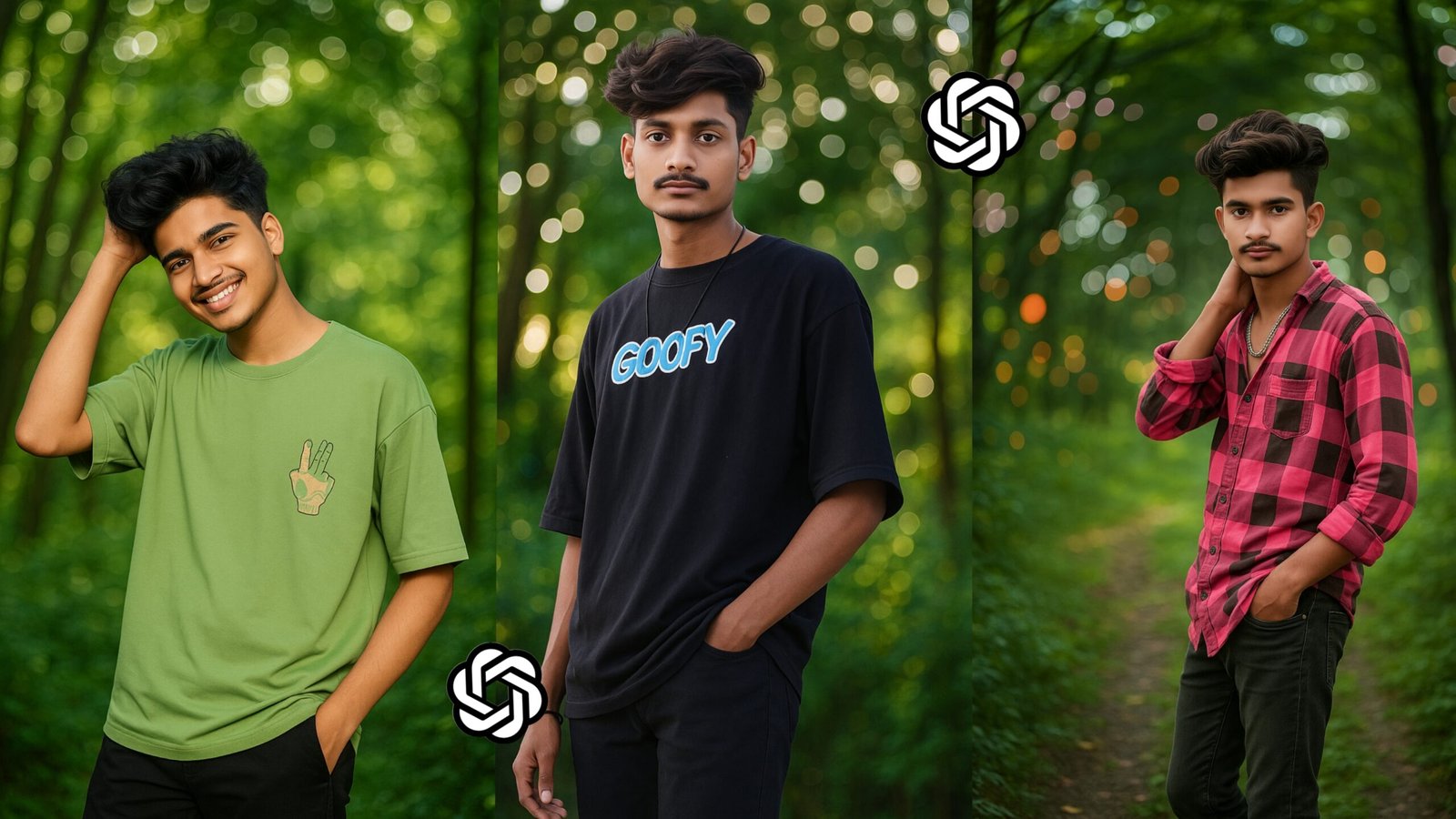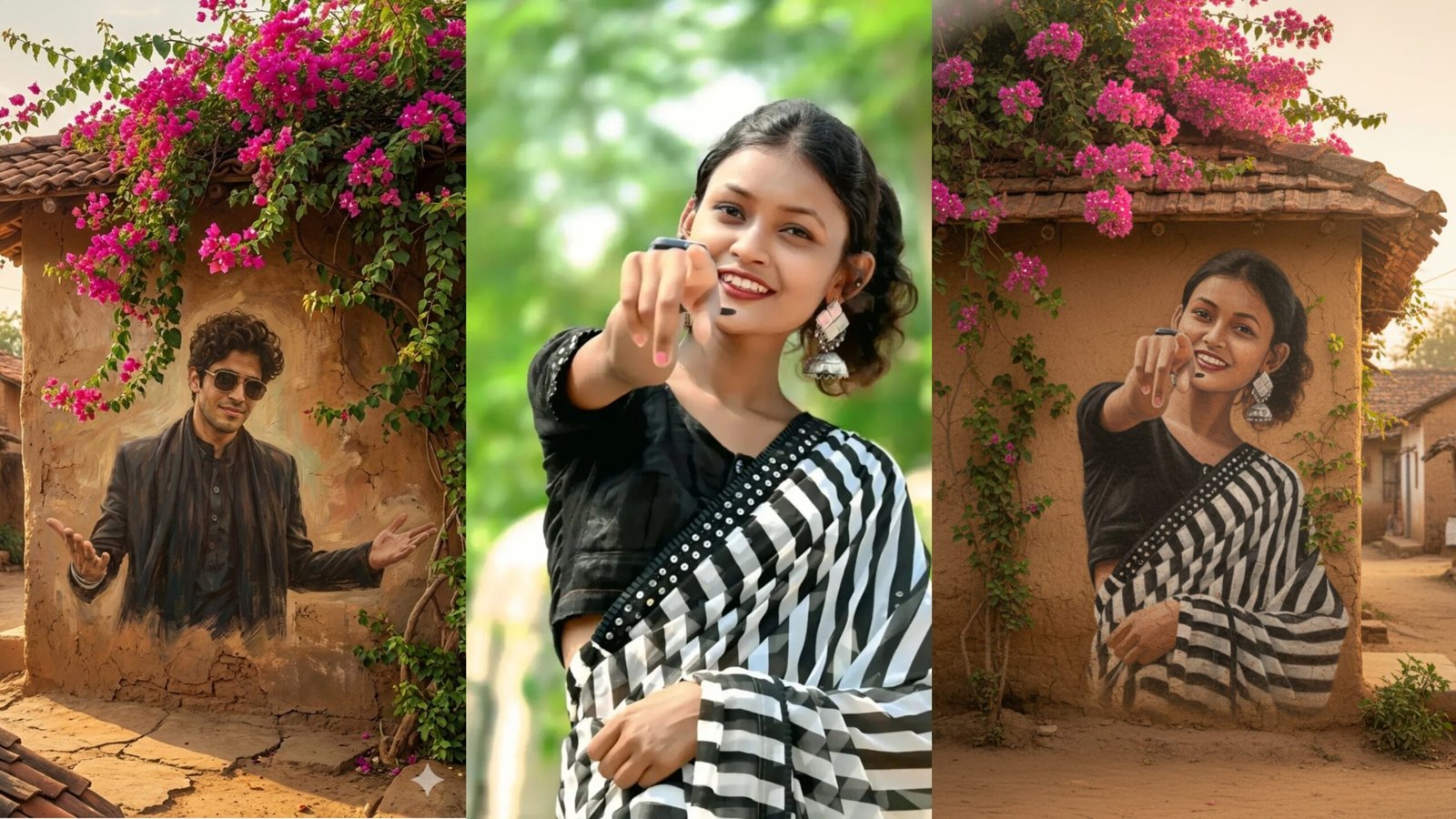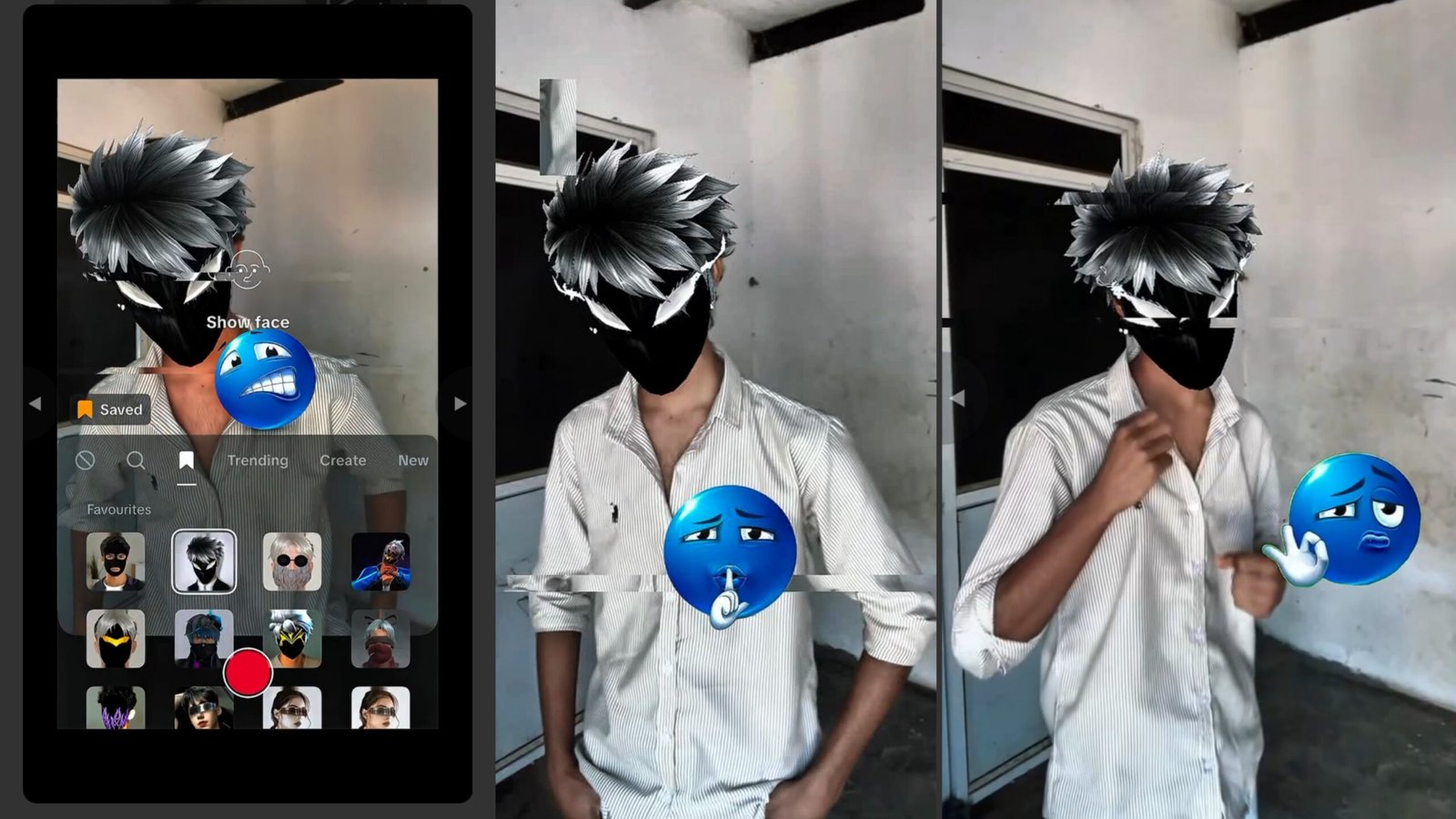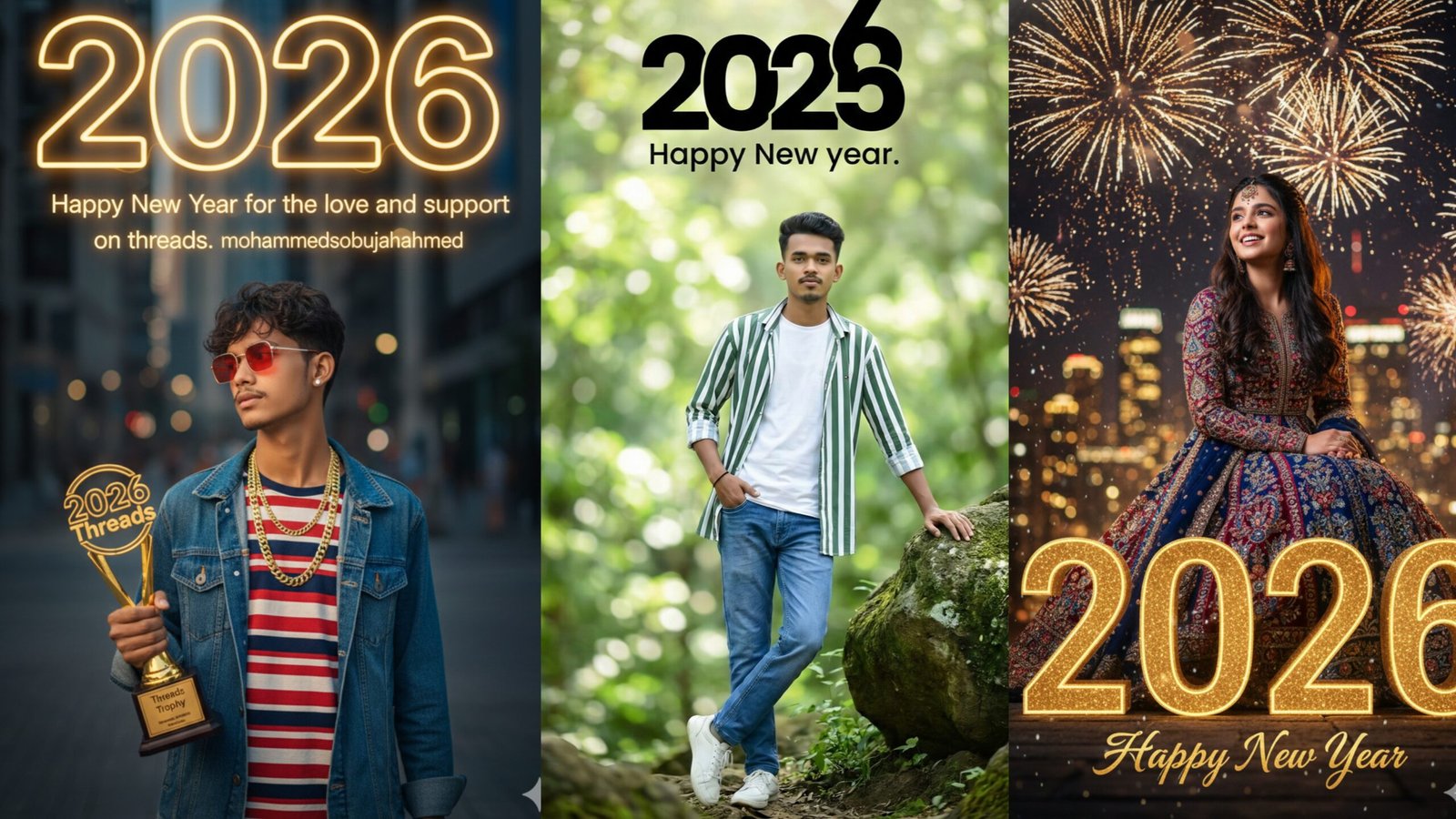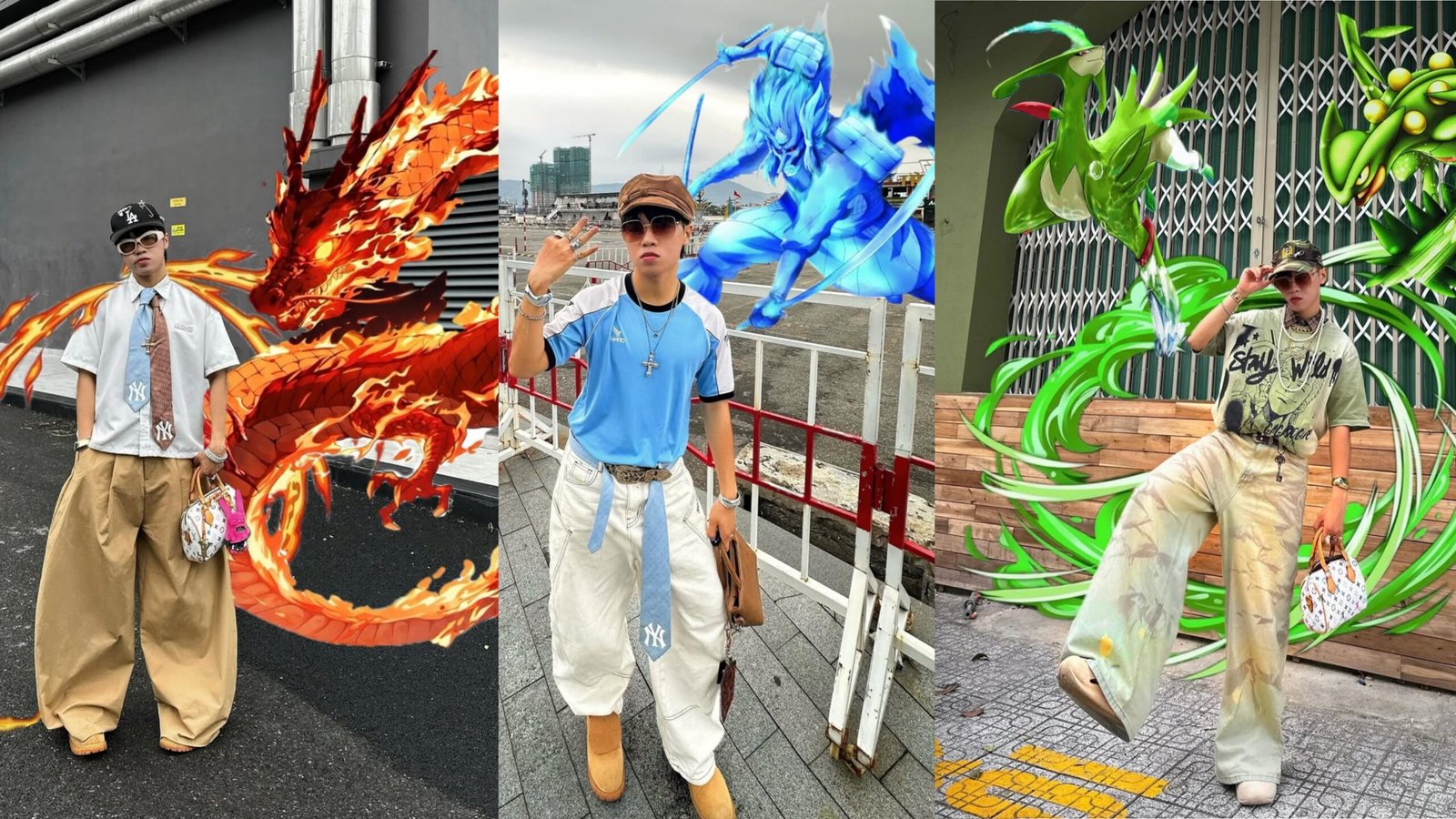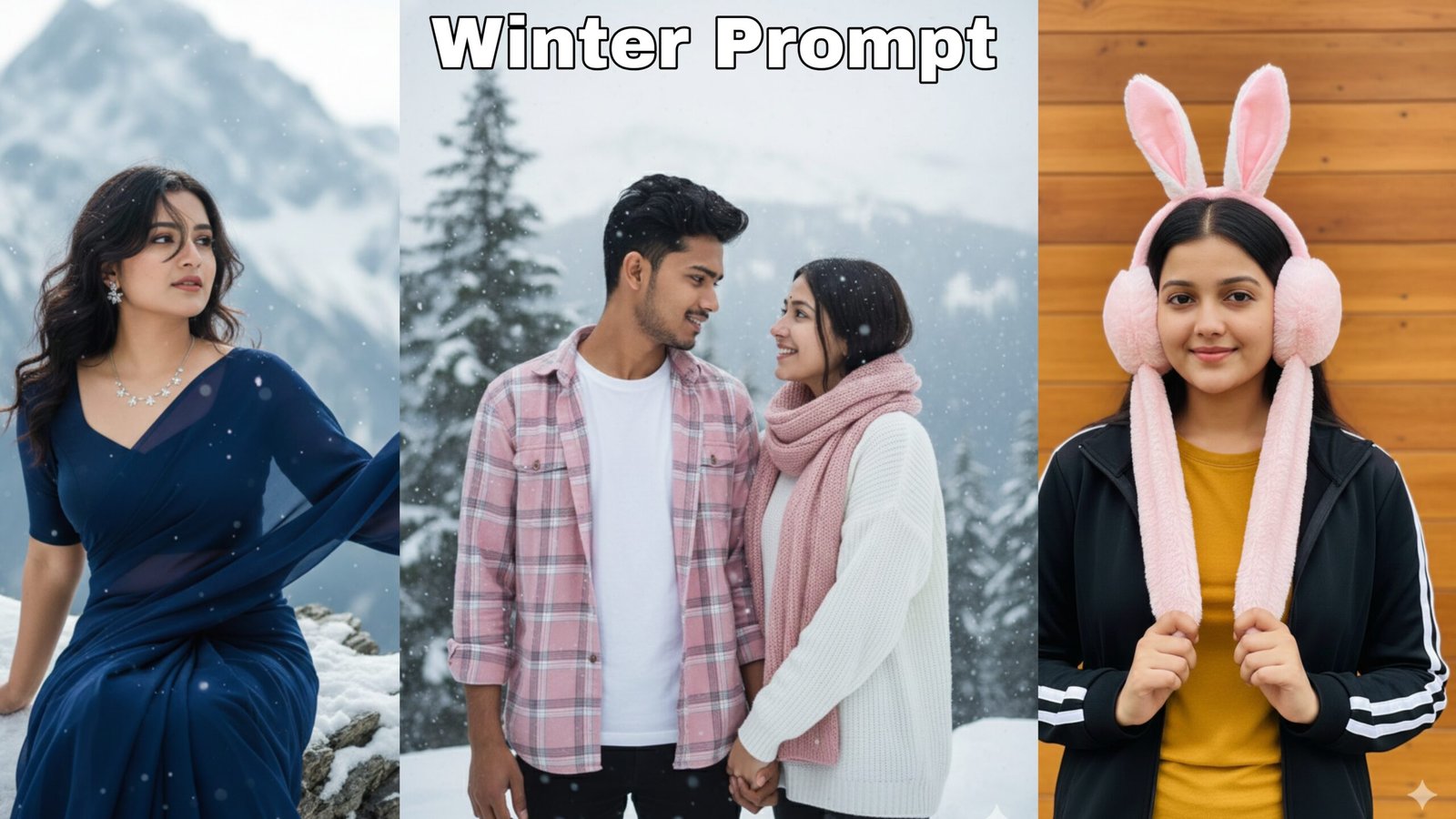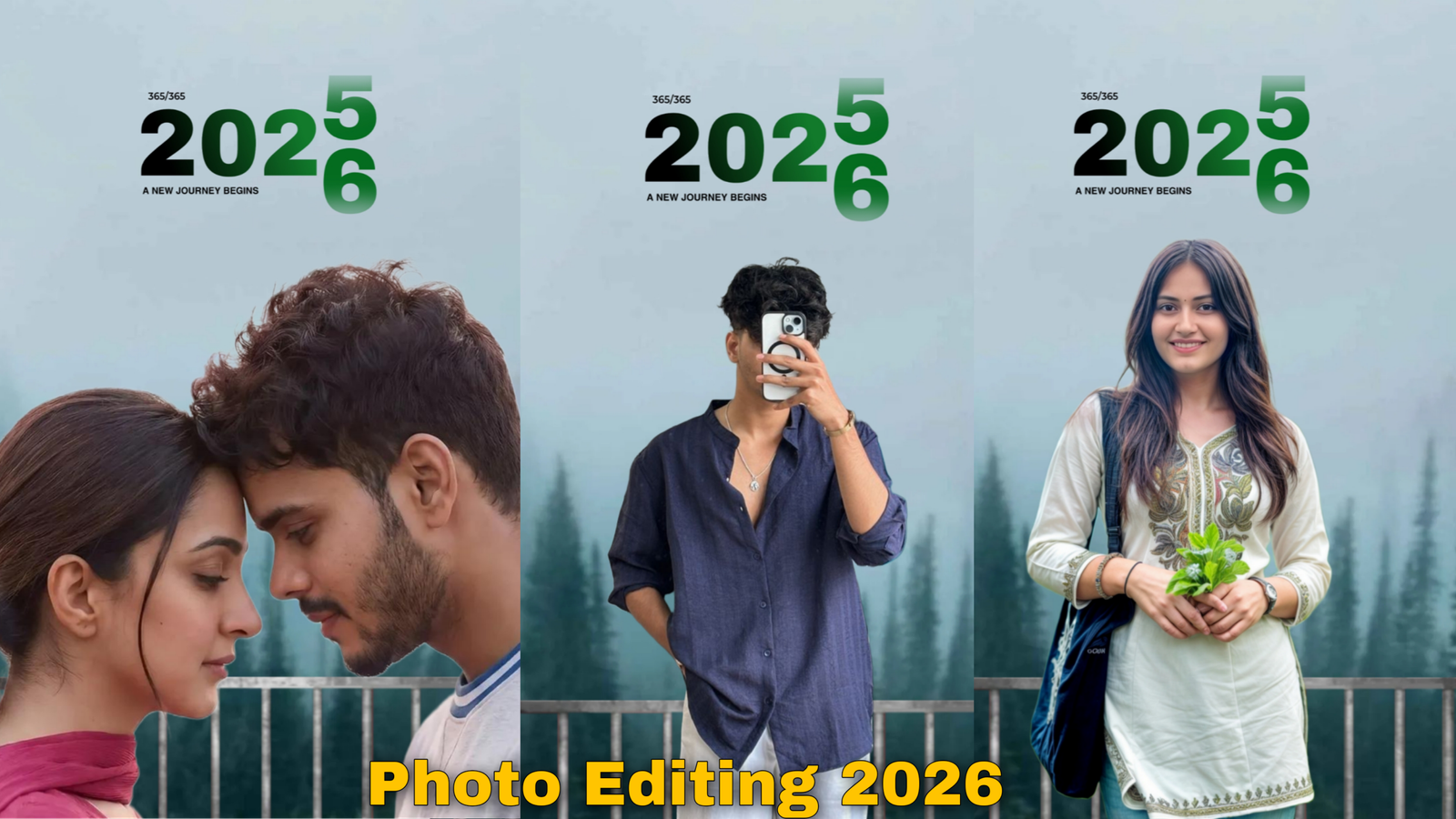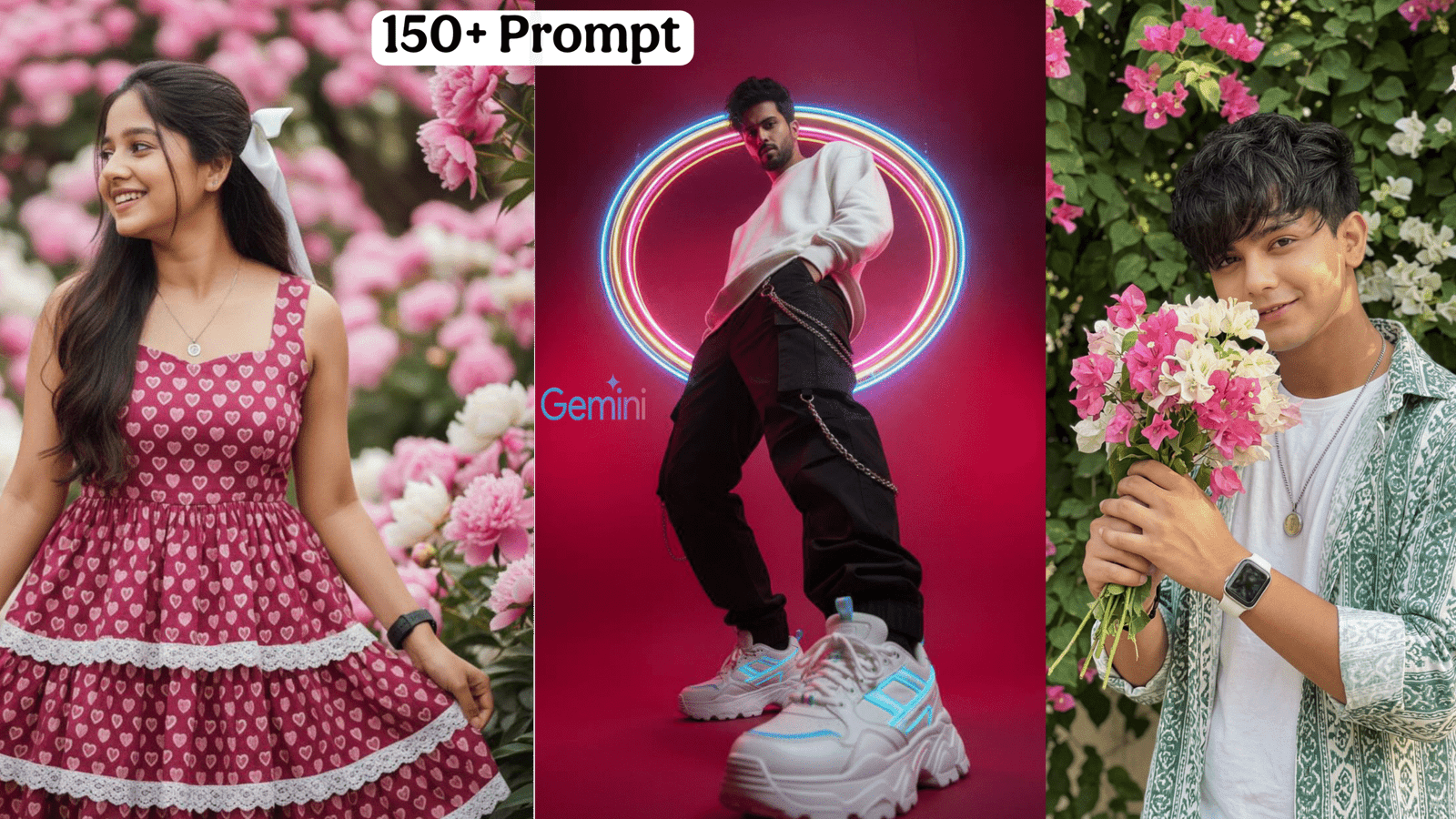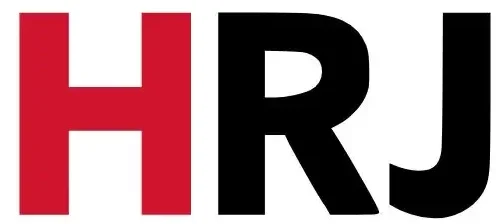In the world of photography, the “bokeh effect” is a highly sought-after aesthetic. It’s the beautiful, soft blur in the background of a photo that makes the subject stand out with stunning clarity. This effect is traditionally created with a DSLR camera and a wide-aperture lens, but now, with the power of generative AI, you can achieve a similar professional look with a simple text command. The right ChatGPT DSLR bokeh effect photo editing prompt is your key to transforming a flat image into a visually captivating masterpiece.
The Essence of Bokeh: More Than Just a Blur
Before we dive into the prompts, it’s essential to understand what makes “bokeh” special. It’s not just a generic blur. The term “bokeh” comes from the Japanese word boke, meaning “blur” or “haze,” and it refers to the quality of the out-of-focus areas. Good bokeh is creamy, smooth, and often renders small points of light into beautiful, soft circles or shapes. A ChatGPT DSLR bokeh effect photo editing prompt aims to replicate this specific, professional-grade visual.
Crafting the Perfect Prompt
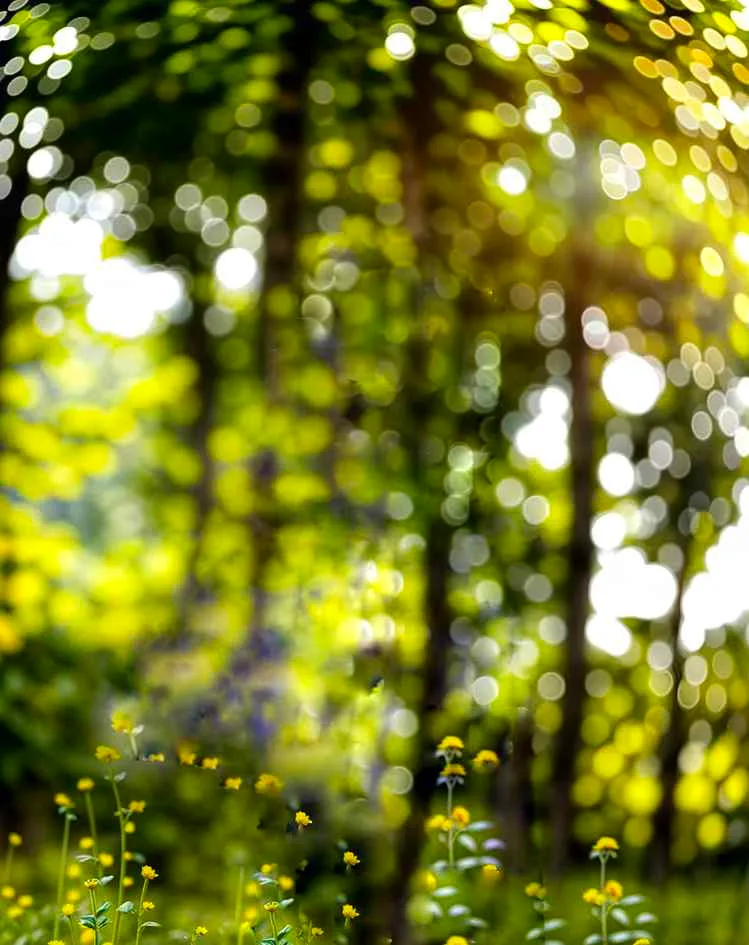
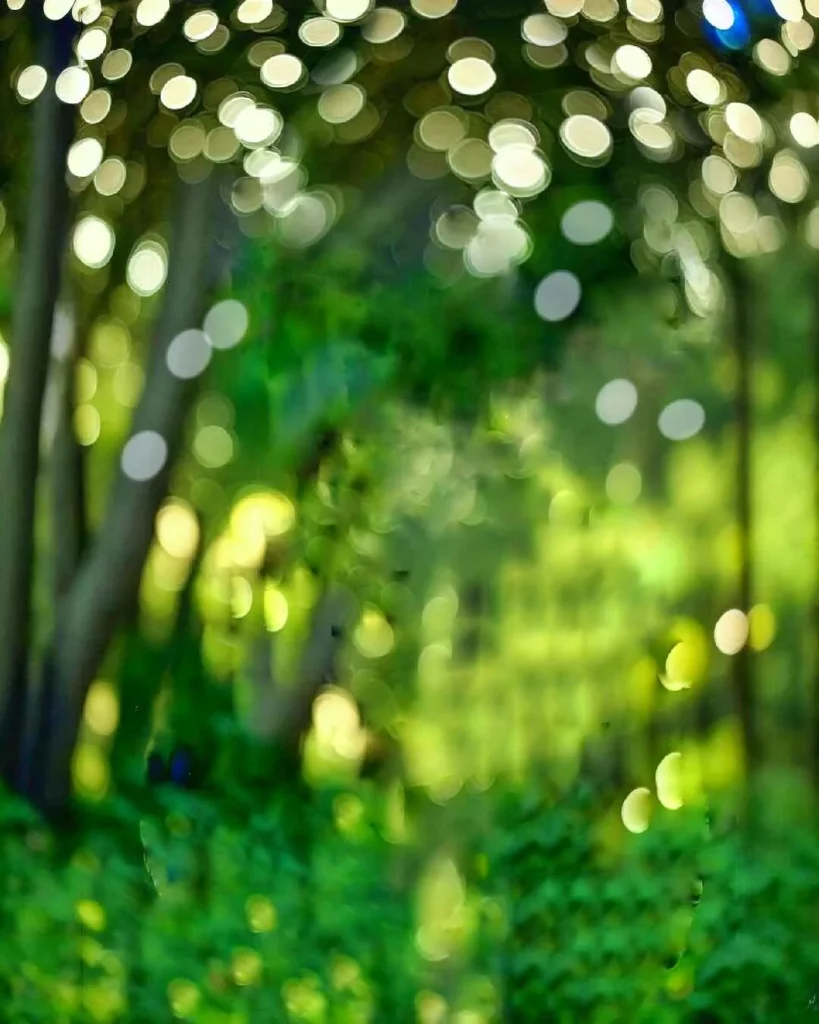
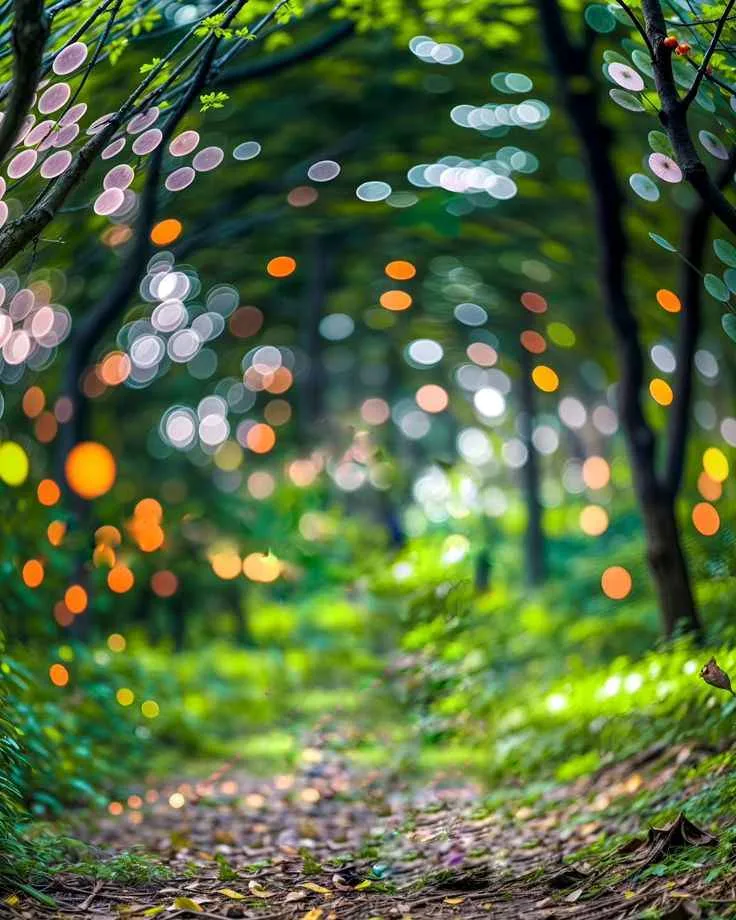
Prompt:- You can edit our previously uploaded photo by adding another background to it. In a very realistic way.Since ChatGPT’s image editing capabilities are still evolving, the most effective prompts for creating a bokeh effect are highly descriptive and combine multiple elements. You’re not just telling the AI to “blur the background”; you’re giving it instructions that simulate a professional photographer’s creative choices.
Here’s a breakdown of the key components for your prompt:
- The Core Command: Start with a clear action. Words like “Apply a professional DSLR bokeh effect” or “Create a shallow depth of field” are excellent starting points.
- Subject & Focus: Tell the AI what to keep in sharp focus. Be specific. “Keep the subject in the foreground sharp,” or “Focus on the person’s face.”
- Background Description: This is where you can get creative. The type of background blur will depend on the original scene. If it’s a night photo, specify “soft, circular lights in the background.” For a daytime scene, use terms like “creamy, blurred green foliage” or “a softly defocused city street.”
- Technical & Aesthetic Keywords: Use keywords that a photographer would use. Mention a “wide aperture,” a “fast prime lens,” “shallow depth of field,” and a “smooth, creamy bokeh.” You can also add aesthetic terms like “cinematic,” “dreamy,” or “high-end.”
SEO-Optimized Prompts for Maximum Impact
To ensure your prompt is both effective and optimized for AI-driven image generation, here are a few examples:
- For a Portrait: “Apply a high-quality DSLR bokeh effect to this portrait. Keep the subject’s face and upper body in sharp focus with a shallow depth of field. Softly blur the background to create a creamy, dreamy bokeh effect, with gentle circular lights from the streetlamps. 85mm prime lens, f/1.8.”
- For a Product Shot: “Transform this product photo by adding a subtle bokeh effect. Keep the product on the table in sharp focus while creating a soft, out-of-focus background. Ensure the background blur is smooth and even, drawing attention directly to the product. Cinematic, clean aesthetic.”
- For a Street Scene: “Re-render this urban photo with a DSLR-quality bokeh. Keep the main subject walking in the foreground perfectly sharp. Add a high level of background blur to the buildings and vehicles, turning their lights into distinct, smooth bokeh circles. Dynamic, high-contrast style.”
By combining these elements, you can guide ChatGPT to create a visually striking bokeh effect that elevates your photos and makes them stand out on any platform, proving that the perfect look is just a prompt away.
